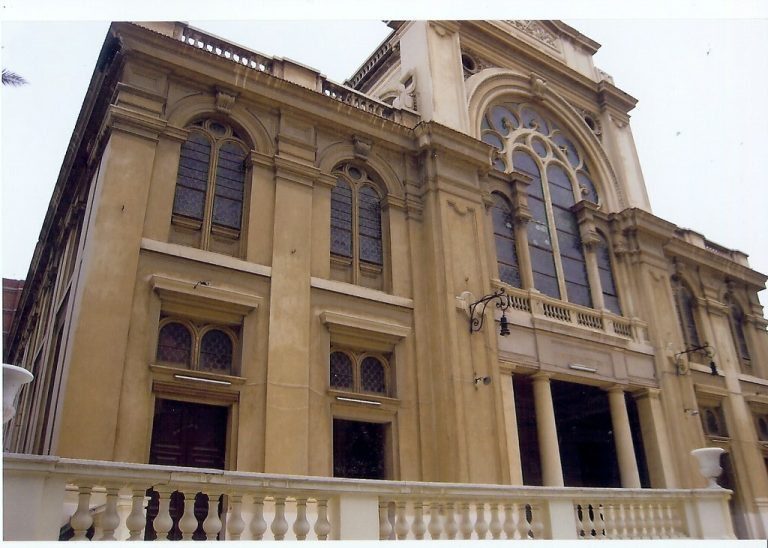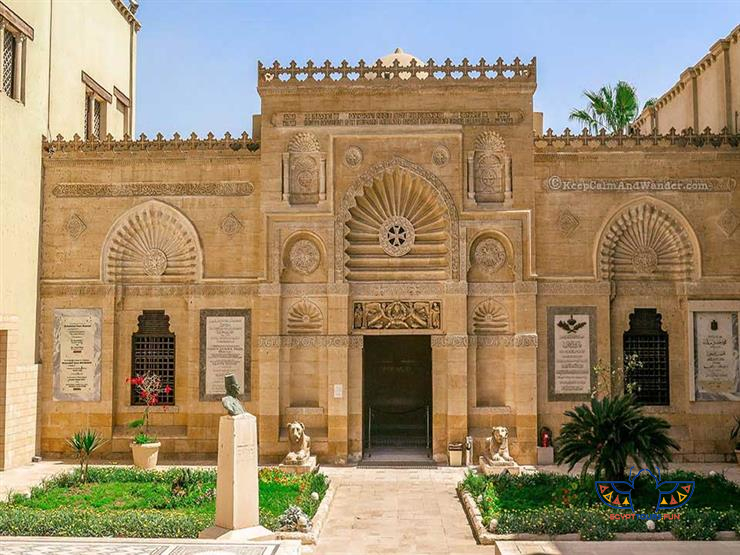Saqqara Tombs: A Journey Through Ancient Egypt’s Necropolis
Saqqara, located about 30 kilometers south of Cairo, is one of Egypt’s most significant archaeological sites. Serving as the necropolis for the ancient city of Memphis, Saqqara is home to some of the oldest and most fascinating tombs in Egypt. This article explores the history, significance, and key attractions of the Saqqara tombs, targeting the most important keywords for Google Search.
1. The Historical Significance of Saqqara
Saqqara is one of Egypt’s oldest burial sites, used for over 3,000 years. It was the primary necropolis for Memphis, the capital of ancient Egypt during the Old Kingdom.
Old Kingdom: Saqqara is most famous for its Step Pyramid, built for Pharaoh Djoser during the 3rd Dynasty (around 2670 BCE).
New Kingdom and Beyond: The site continued to be used for burials and religious ceremonies through the Ptolemaic and Roman periods.
UNESCO World Heritage Site: Saqqara is part of the Memphis Necropolis, designated as a UNESCO World Heritage Site in 1979.
2. The Step Pyramid of Djoser
The Step Pyramid is the centerpiece of Saqqara and the oldest stone structure in the world.
Architect: Designed by Imhotep, the pyramid was a revolutionary development in ancient Egyptian architecture.
Structure: The pyramid consists of six mastabas (flat-roofed tombs) stacked on top of each other, creating a stepped appearance.
Significance: It marked the transition from simple mastaba tombs to the grand pyramids of Giza.
3. Other Notable Tombs and Structures
The Tomb of Ti
Owner: Ti was a high-ranking official during the 5th Dynasty.
Features: The tomb is famous for its detailed reliefs depicting daily life, including farming, hunting, and fishing.
The Serapeum
Purpose: A burial site for the sacred Apis bulls, believed to be incarnations of the god Ptah.
Structure: A series of underground tunnels and chambers housing massive granite sarcophagi.
The Pyramid of Unas
Owner: Pharaoh Unas of the 5th Dynasty.
Significance: The pyramid contains the earliest known Pyramid Texts, inscribed with spells and prayers to guide the pharaoh in the afterlife.
The Mastaba of Mereruka
Owner: Mereruka was a vizier during the 6th Dynasty.
Features: The tomb is one of the largest and most elaborate in Saqqara, with 33 chambers filled with colorful reliefs.
4. Art and Architecture in Saqqara Tombs
The tombs of Saqqara are renowned for their artistic and architectural achievements.
Reliefs and Paintings: The walls of the tombs are adorned with intricate carvings and paintings depicting scenes from daily life, religious rituals, and the afterlife.
Hieroglyphics: Many tombs feature inscriptions in hieroglyphics, providing valuable insights into ancient Egyptian language and culture.
Statues: Statues of the deceased and various deities are common, serving as representations of the tomb owner’s eternal presence.
5. Religious Significance of Saqqara
Saqqara was not just a burial site but also a place of religious importance.
Cult of Ptah: The Apis bulls buried in the Serapeum were associated with Ptah, the chief god of Memphis.
Funerary Practices: The tombs reflect the ancient Egyptians’ beliefs in the afterlife, with provisions and spells to ensure the deceased’s safe journey.
6. Recent Discoveries in Saqqara
Saqqara continues to be a hotspot for archaeological discoveries.
2020 Discoveries: Over 100 wooden coffins and 40 statues were unearthed, dating back to the Late Period (664–332 BCE).
Ongoing Excavations: Archaeologists are continually uncovering new tombs, artifacts, and insights into ancient Egyptian life.
7. Visiting Saqqara Today
Saqqara is a must-visit destination for history enthusiasts and travelers.
Location: Approximately 30 kilometers south of Cairo.
Best Time to Visit: October to April, when the weather is cooler.
Tips for Visitors:
Hire a knowledgeable guide to fully appreciate the site’s history.
Wear comfortable shoes and bring water, as the site involves a lot of walking.
Combine your visit with nearby attractions like Memphis and Dahshur.





